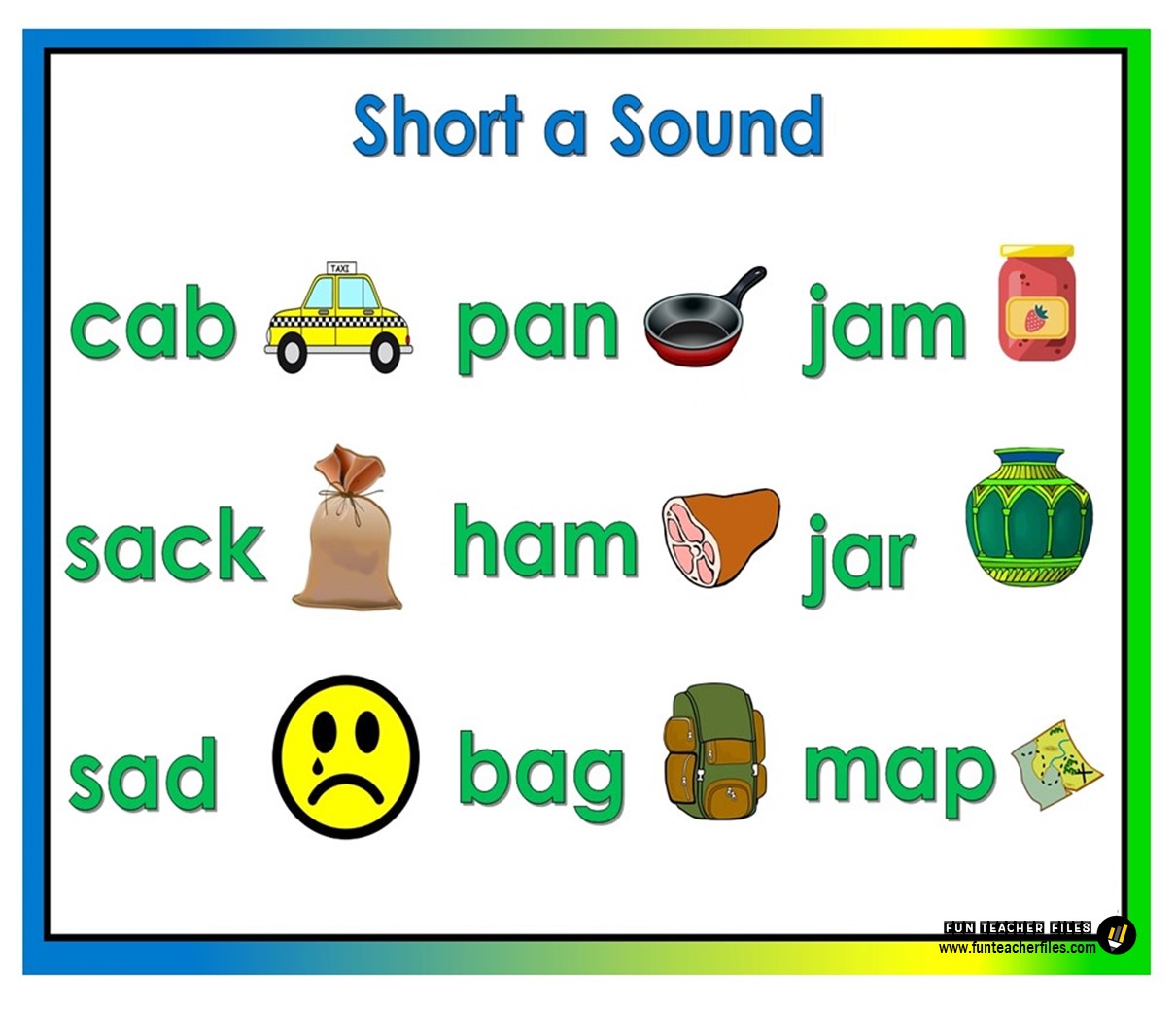

The shape and position of the lips yields a third articulatory dimension by which vowels are classified. A back vowel- e.g., the u in “rule” and the o in “pole”-is produced with the back part of the tongue raised toward the soft palate (velum).

The a in “had,” the e in “bed,” and the i in “fit” are front vowels. A front vowel is pronounced with the highest part of the tongue pushed forward in the mouth and somewhat arched. High, middle, and low vowels are also classified according to a front-to-back dimension. Midvowels (such as e in “bed” and o in “pole”) have a tongue position between the extremes of high and low. A low vowel (such as a in “father” or “had”) is produced with the tongue relatively flat and low in the mouth and with the mouth open a little wider than for high vowels. From the viewpoint of articulatory phonetics, vowels are classified according to the position of the tongue and lips and, sometimes, according to whether or not the air is released through the nose.Ī high vowel (such as i in “machine” and u in “rule”) is pronounced with the tongue arched toward the roof of the mouth. Vowel, in human speech, sound in which the flow of air from the lungs passes through the mouth, which functions as a resonance chamber, with minimal obstruction and without audible friction e.g., the i in “fit,” and the a in “pack.” Although usually produced with vibrating vocal cords, vowels may be pronounced without such vibration, resulting in a voiceless, or whispered, sound. SpaceNext50 Britannica presents SpaceNext50, From the race to the Moon to space stewardship, we explore a wide range of subjects that feed our curiosity about space!.Learn about the major environmental problems facing our planet and what can be done about them! Saving Earth Britannica Presents Earth’s To-Do List for the 21st Century.



 0 kommentar(er)
0 kommentar(er)
